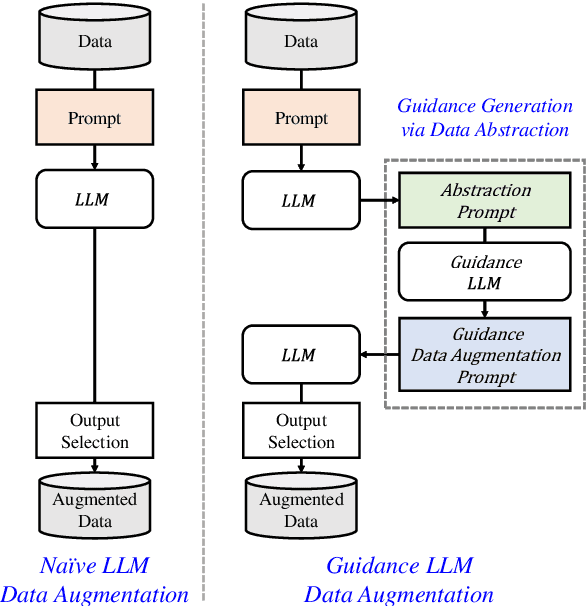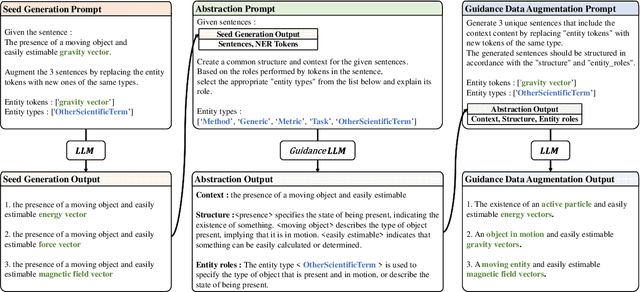Hyein Seo
FEAT: A Preference Feedback Dataset through a Cost-Effective Auto-Generation and Labeling Framework for English AI Tutoring
Jun 24, 2025Abstract:In English education tutoring, teacher feedback is essential for guiding students. Recently, AI-based tutoring systems have emerged to assist teachers; however, these systems require high-quality and large-scale teacher feedback data, which is both time-consuming and costly to generate manually. In this study, we propose FEAT, a cost-effective framework for generating teacher feedback, and have constructed three complementary datasets: (1) DIRECT-Manual (DM), where both humans and large language models (LLMs) collaboratively generate high-quality teacher feedback, albeit at a higher cost; (2) DIRECT-Generated (DG), an LLM-only generated, cost-effective dataset with lower quality;, and (3) DIRECT-Augmented (DA), primarily based on DG with a small portion of DM added to enhance quality while maintaining cost-efficiency. Experimental results showed that incorporating a small portion of DM (5-10%) into DG leads to superior performance compared to using 100% DM alone.
Guidance-Based Prompt Data Augmentation in Specialized Domains for Named Entity Recognition
Jul 26, 2024



Abstract:While the abundance of rich and vast datasets across numerous fields has facilitated the advancement of natural language processing, sectors in need of specialized data types continue to struggle with the challenge of finding quality data. Our study introduces a novel guidance data augmentation technique utilizing abstracted context and sentence structures to produce varied sentences while maintaining context-entity relationships, addressing data scarcity challenges. By fostering a closer relationship between context, sentence structure, and role of entities, our method enhances data augmentation's effectiveness. Consequently, by showcasing diversification in both entity-related vocabulary and overall sentence structure, and simultaneously improving the training performance of named entity recognition task.
Employing Layerwised Unsupervised Learning to Lessen Data and Loss Requirements in Forward-Forward Algorithms
Apr 23, 2024



Abstract:Recent deep learning models such as ChatGPT utilizing the back-propagation algorithm have exhibited remarkable performance. However, the disparity between the biological brain processes and the back-propagation algorithm has been noted. The Forward-Forward algorithm, which trains deep learning models solely through the forward pass, has emerged to address this. Although the Forward-Forward algorithm cannot replace back-propagation due to limitations such as having to use special input and loss functions, it has the potential to be useful in special situations where back-propagation is difficult to use. To work around this limitation and verify usability, we propose an Unsupervised Forward-Forward algorithm. Using an unsupervised learning model enables training with usual loss functions and inputs without restriction. Through this approach, we lead to stable learning and enable versatile utilization across various datasets and tasks. From a usability perspective, given the characteristics of the Forward-Forward algorithm and the advantages of the proposed method, we anticipate its practical application even in scenarios such as federated learning, where deep learning layers need to be trained separately in physically distributed environments.
 Add to Chrome
Add to Chrome Add to Firefox
Add to Firefox Add to Edge
Add to Edge